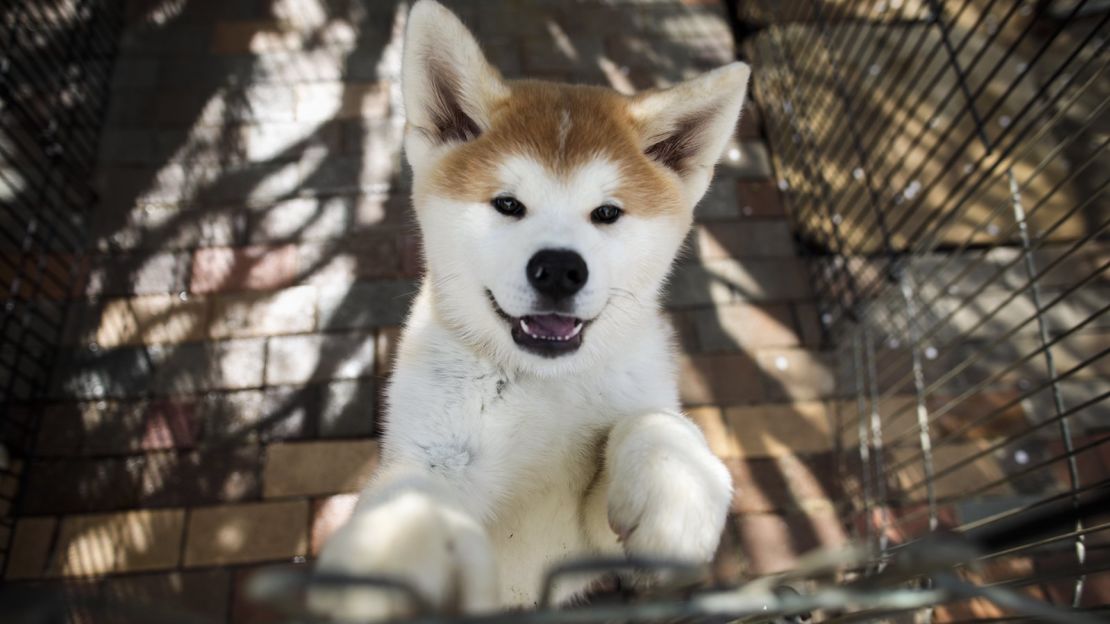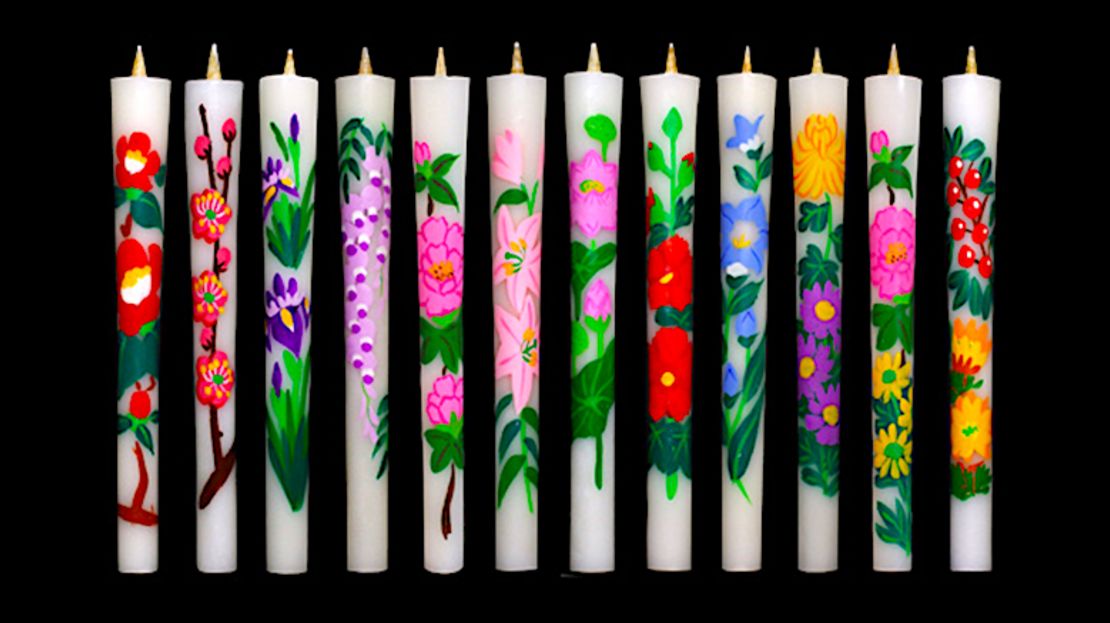Editor’s Note: CNN Travel’s series often carry sponsorship originating from the countries and regions we profile. However, CNN retains full editorial control over all of its reports. Read the policy.
Let’s face the facts. Japan is a popular place.
With close to 30 million international travelers heading there in 2018, tourists visiting traditional hotspots such as Tokyo, Kyoto and Osaka during peak travel periods – say, cherry blossom season in the spring – will find themselves battling overwhelming crowds.
But the northern region of Tohoku remains surprisingly undertraveled in comparison, making it a fantastic destination any time of year.
Located at the tip of Japan’s main island of Honshu, Tohoku is made up of six prefectures: Aomori, Akita, Fukushima, Iwate, Miyagi and Yamagata, all of which are filled with dramatic landscapes, historical attractions and culinary delights.
Here’s a sample of some of the top Tohoku experiences on offer. For even more ideas, click through the above gallery.
Zao Onsen, where snow monsters roar
The Tohoku region gets some of the world’s biggest dumps of snowfall each winter, making it a great alternative to traditional ski resort destinations such as the wildly popular Hokkaido to the north.
One of the most foreigner-friendly destinations in the area, Zao Onsen in Yamagata prefecture is well-equipped to welcome powder hunters looking for some time on the slopes.
But the real reason to visit is to see Japan’s famed snow monsters – or “juhyo” in Japanese.
Every winter, as Siberian winds rush though the Zao Mountain Range, trees begin to collect thick, juicy layers of snow and ice. The trees freeze into fascinating humanesque forms.
To access the snow monsters, head for the Zao Onsen Ski Resort, which is spread over several peaks.
It’s a mid-sized facility that’s ideal for beginner and intermediate skiers and snowboarders. Zao’s longest downhill course is a 10-kilometer stretch that starts up at the snow monster observation area.
Snow monsters of Zao, Japan
The best time to see the monsters is late January to early March, before the spring warmth seeps in.
If you can’t make it in winter, there’s still plenty to see. For instance, the gorgeous Okama Crater Lake is surrounded by the three peaks of Tohoku’s Zao mountain range.
It was named after “kama,” a traditional iron pot that shares its shape, and can be visited in the summer months.
Akita, birthplace of Japan’s most beloved dog breed

Employed as everything from mascots and resort greeters to train station masters, Japan’s adorable Akita Inu dogs – which originally come from Tohoku’s Akita prefecture – have been charming the nation for decades.
The most famous Akita is Hachito, who was immortalized in film and has his own statue In Shibuya, Tokyo.
According to the legend, Hachito visited Shibuya station every single evening for a year to greet his caretaker after work. Sadly, one day his human friend died while on the job and did not return. Nevertheless, Hachito continued to visit the same spot every day for nine years.
How’s that for loyalty?
More recently, a band of Akita dogs was employed by a regional tourism body to create what might just be the strangest pop music video we’ve ever seen. (Check it out below.)
Want to meet some of these canine cuties in person? Head for Odate, Akita’s capital.
The Akita Dog Visitor Center at Odate Station is home to two honorary station masters, while the Akita Dog Museum offers a look at the history of these cute canines.
For more on the dogs – and where to meet them – visit the Akita Inu Tourism website.
Wanko soba: An all-you-can-eat noodle binge
Only for the hungry, the wanko soba challenge is an all-you-can-eat buckwheat noodle binge unique to Japan’s Iwate prefecture.
Here’s how it goes: A server brings tiny bowls of noodles, laying them down one after another as quick as you can slurp them back.
As soon as you empty a bowl, she’ll swoop in to fill it with another mouthful, yelling “hai dan dan!”
There’s only one way to ebb the noodle flow – put a lid your wanko (bowl).
There are a few rules involved.
For starters, you have to eat continuously. You can’t take a break and digest your noodles then come back to the table for more.
We recommend trying it at the Azumaya Soba Shop in Morioka, Iwate’s capital.
There are four Morioka locations but the Ekimae branch is just a two-minute walk from the train station and has English-language menus.
For a full list of wanko soba restaurants, visit Japan-iwate.info/noodle/wanko.html.
Matsushima: Japan’s most scenic views
Matsushima Bay: All you can eat oysters and Japan's most scenic views
Matsushima is one of the fabled “Nihon Sankei” – or “Three Views of Japan.”
More than 260 tiny, pine tree-covered islands dot the waters of Matsushima Bay, creating a scene that’s been the muse of dozens of Japanese poets and artists through the ages.
To truly appreciate Matsushima’s beauty, head straight for the shore near the Matsushima Kaigan train station. Several islands are connected to the mainland by photo-worthy red bridges, such as the exquisite Fukuurabashi Bridge, which leads to Fukuurajima Island.
Home to more than 300 species of flowers, plants and trees, the island’s network of walking paths leads to several viewpoints.
Nearby, the beautiful Godaido Temple, founded in 807, sits on another small island that’s also connected to the mainland via a series of red bridges.
To explore further afield, cruises depart from Matsushima Pier every hour. The 50-minute tour takes travelers around the bay, passing islands and oyster farms.
Doesn’t hurt that the food’s amazing in Matsushima, too.
“Seafood in the Matsushima area is considered of the highest quality because the seafood harvested in the area benefits from the nutrient-rich water and plankton found off its coast,” says award-winning author Hiroko Shimbo, an expert on Japanese cuisine who organizes culinary tours through the country.
“In addition to oysters there are such local specialties as salmon, skipjack tuna (katsuo), Pacific pike (sanma), northern clam (hokkigai), asari clams, abalone (awabi), scallops (hotategai) and the best-quality wakame (sea vegetable) – don’t call it seaweed!”
The small but substantial Matsushima Fish Market is a fine place to kick off a culinary tour of the town.
Vendors here serve everything from ramen and sushi to oyster croquette burgers.
Sendai: Japan’s beef tongue capital
Sendai: Beef tongue capital of the world
Though gyutan – beef tongue – is available at yakiniku restaurants all over Japan, Sendai is where you’ll find the highest concentration of eateries solely dedicated to grilling up these juicy strips of meat.
The original beef tongue restaurant is Aji Tasuke, founded in 1948 by a man named Keishiro Sano.
He left Sendai to apprentice in Tokyo around 1935. It was there that he met a French chef, who he saw cooking up a beef tongue stew. Inspired, he decided to prepare it differently to suit Japanese tastes.
After World War II ended, he returned north and opened a restaurant in Sendai. Due to food shortages, he began serving his take on beef tongue, along with tail soup.
Seven decades on, Sano’s photo still hangs on the wall and the restaurant is still going strong, now run by his eldest son.
And it’s got competition. Nowadays you can’t turn a corner in the center of this city of one million people without seeing a restaurant advertising gyutan – “gyu” is Japanese for cow, while the “tan” refers to the English word for tongue.
Aji Tasuke, 4-4-13 Ichiban-cho, Aoba-ku, Sendai 980-0811 Miyagi Prefecture, Japan
Yamadera, one of Japan’s most beautiful temples
You’re going to have to work a bit to enjoy this one.
The stunning Yamadera Risshakuji Temple complex is located on Mount Hoju-san in Japan’s Yamagata prefecture. But here’s the kicker: You have to walk up 1,015 stairs to reach it.
Though its official name is Risshakuji, locals refer to it simply as Yamadera – which means “mountain temple.”
The temple complex, founded in AD 860 to oversee the northern Tohoku region’s Tendai Buddhism sect, is actually made up of more than a dozen sites of religious importance, such as shrines, gates and monuments.
Climbing the staircase is intended to be a meditative experience and is said to bring good luck to those who reach the top.
Like many of Japan’s attractions, this one is beautiful no matter the season but we recommend going in fall or winter, when the views of the Yamagata countryside are particularly spectacular.
Getting there is easy. Yamadera Station is about a 40-minute train ride from Tohoku’s biggest city, Sendai, in neighboring Miyagi prefecture.
Japan’s coolest old-school souvenirs

When it comes to traditional arts, Tohoku is where you’ll find some of the country’s most impressive ancient crafts – still being produced by skilled artists to this day.
There’s magewappa, or bent woodware, a traditional craft that originated in Akita and is used to make bento boxes, steamers and other items.
Meanwhile artisans in Aizu, Fukushima prefecture’s westernmost region, have been making erosoku – large colored candles – by hand for hundreds of years.
But the most popular Tohoku souvenir of them all has to be kokeshi – traditional wooden dolls.
The wooden dolls are believed to have first been made during the Edo period (1603 to 1868) in an onsen area in Tohoku’s Miyagi prefecture.
Their gentle expressions are hand-painted by simple, lively brushstrokes, their bodies smoothly carved out of cream-colored wood.
For those who want to make their own, the Tsugaru Traditional Art and Craft Store in Aomori offers doll-making workshops.


































































